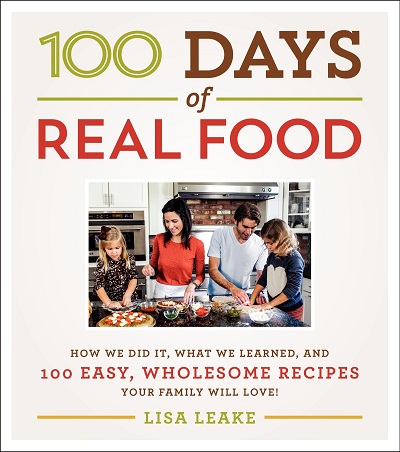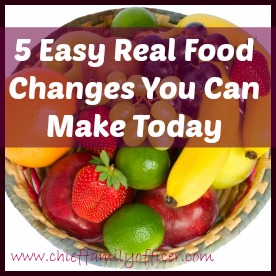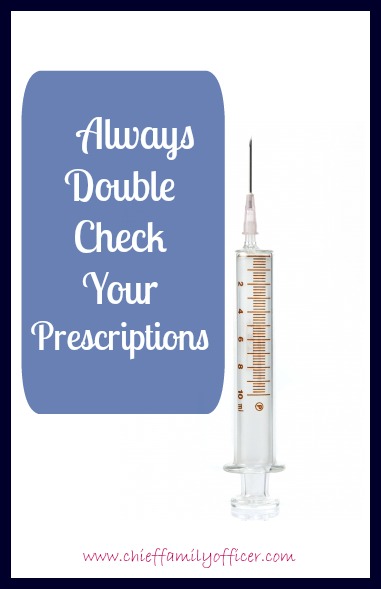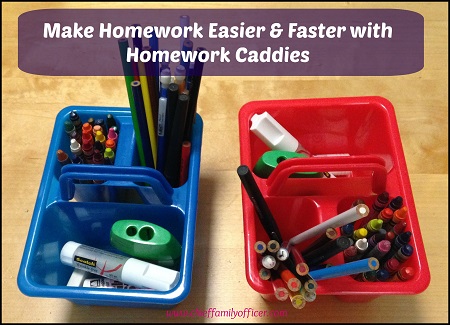This post contains affiliate links that help support this site at no additional cost to you. Thank you for clicking through them! All opinions are honest and my own. You can read CFO's full disclosure here.

I've been a follower of Lisa Leake's blog
100 Days of Real Food for a couple of years, so when she offered readers a chance to become "ambassadors" of her
her new book by the same title, I immediately applied and was delighted to be accepted. I was expecting a cookbook, but I got so much more than that!
The first half of the book is a treasure trove of information. I consider myself pretty well-informed when it comes to healthy eating, current food trends and issues, and nutrition. But I still learned a lot from Lisa. Her book is written in the same clear, conversational manner as her blog, so it's easy to read and understand.
Lisa starts with her definition of "real food," which is basically food that is minimally processed, and locally and humanely produced. Lisa explains how she and her family started their real food journey with a pledge to eat only real food for 100 days (which has since turned into a lifestyle). Then she goes into a fantastic overview of various food issues, including:
- Different kinds of sugar and sweeteners
- Artificial food color
- Meat production and consumption
- Organic versus conventional production of food
- Genetically modified food (GMO's)
- Refined versus unrefined oil
- Nutrition and ingredient labels
- Packaging claims
- Food allergies and sensitivities
While I was familiar with most of these topics, I had never stopped to think about how processed cooking oil is. I mostly use cold-pressed extra virgin olive oil, which qualifies as "minimally processed," but I also regularly use grapeseed oil for frying and baking, and grapeseed oil is apparently quite refined/processed. Lisa recommends cooking with clarified butter or
ghee (which I was able to find in the dairy section at Whole Foods), and coconut oil (which I dislike intensely because of the taste and refuse to use!).
Lisa also offers real-world, practical, doable suggestions for switching to "real food." She explains how she buys food, naming the stores she shops at and what she buys where. She covers budgeting and affording real food. She gives suggestions for making the transition to real food easier with small, practical changes, and 14 week-long mini-pledges. She even discusses meal planning, and provides ideas for freezer meals, fast meals, and seasonal menus with shopping lists. And the book is peppered with lovely photos of Lisa and her family, who look like the healthy family most of us aspire to:

The second half of
100 Days of Real Food is full of a wide of variety of doable recipes with ingredients that are relatively easy to find. There are dishes of every occasion - pancakes for breakfast, stuffed pitas for lunch, burgers for dinner, and carrot cake for dessert, just for example. I especially appreciate the lunchbox suggestions for school, and the recipes for homemade versions of basics like ranch dressing, BBQ sauce, and slow-cooker chicken stock.
As I
mentioned yesterday, Lisa's book has caused me to do some serious thinking. Because despite considering myself to be well-educated when it comes to food, if I'm being honest, I don't really follow all the practices that I know I should. And Lisa's opened my eyes to new practices that I want to follow, like limiting refined oils.
I'm not ready to make hugely drastic changes, mostly because it would be too overwhelming with everything else that's going on right now. But the nice thing is, I have a good foundation to build on. I'm a pretty good cook. I have access to great food sources, like a farmer's market (when I can get to it), a CSA box (which is pricey but local, organic, and super fresh), Whole Foods, Trader Joe's, and other natural foods stores. Not to mention online resources like
Amazon and
Vitacost.
And the big takeaway I got from reading
100 Days of Real Food is that I can feed my family healthier food just by looking for food that's minimally processed and contains a minimal amount of unnecessary ingredients. Which is very doable, especially if I cook regularly and bake often. Especially when Lisa provides recipes like the one from her book for Cinnamon-Raisin Quick Bread below (click on the image to see it larger). So check out
100 Days of Real Food, and start eating better!
 100 Days of Real Food photo credits: Food photos ~ Carrie Vitt; Lifestyle photos ~ Kelly Trimble
100 Days of Real Food photo credits: Food photos ~ Carrie Vitt; Lifestyle photos ~ Kelly Trimble


















